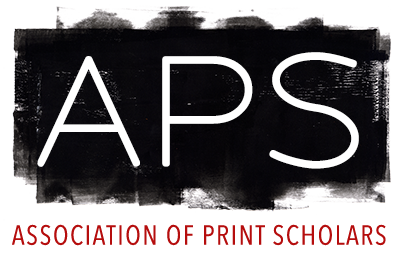Book or Exhibition Catalog
Posted: 10/25/2023
The Circulating Lifeblood of Ideas: Leo Steinberg’s Library of Prints
Holly Borham, Peter Parshall.
The Circulating Lifeblood of Ideas: Leo Steinberg’s Library of Prints.
Austin, Texas:
Blanton Musem of Art,
2023.
Beginning in the early 1960s, with only the meager budget of a part-time art history professor, Leo Steinberg (1920–2011) amassed a collection of more than 3,500 prints that spans the medium’s five-hundred-year history in the West. Akin to books on a shelf, Steinberg’s prints formed a visual library that shaped his scholarship in fundamental ways. His collection, incorporating the work of artists both famous and obscure, illuminates his claim that in the era before photography, prints functioned as the “circulating lifeblood of ideas,” disseminating figures, compositions, and styles across boundaries of geography, time, and medium. Through close observation of his own prints, Steinberg developed some of his most innovative arguments about the instructive richness of the copy and the expressive potential of body language, while also challenging reigning orthodoxies about modernism. This lavishly illustrated volume with essays by Holly Borham and Peter Parshall examines the development of Steinberg’s remarkable collection and its role in his scholarship. It also serves as a detailed guide to the collection, now housed at the Blanton Museum of Art, and as an introduction to the history of Western printmaking that it broadly encompasses.
Relevant research areas: North America, Western Europe, Renaissance, Baroque, 18th Century, 19th Century, 20th Century, Engraving, Etching, Letterpress, Lithography, Monoprinting, Relief printing, Screenprinting
